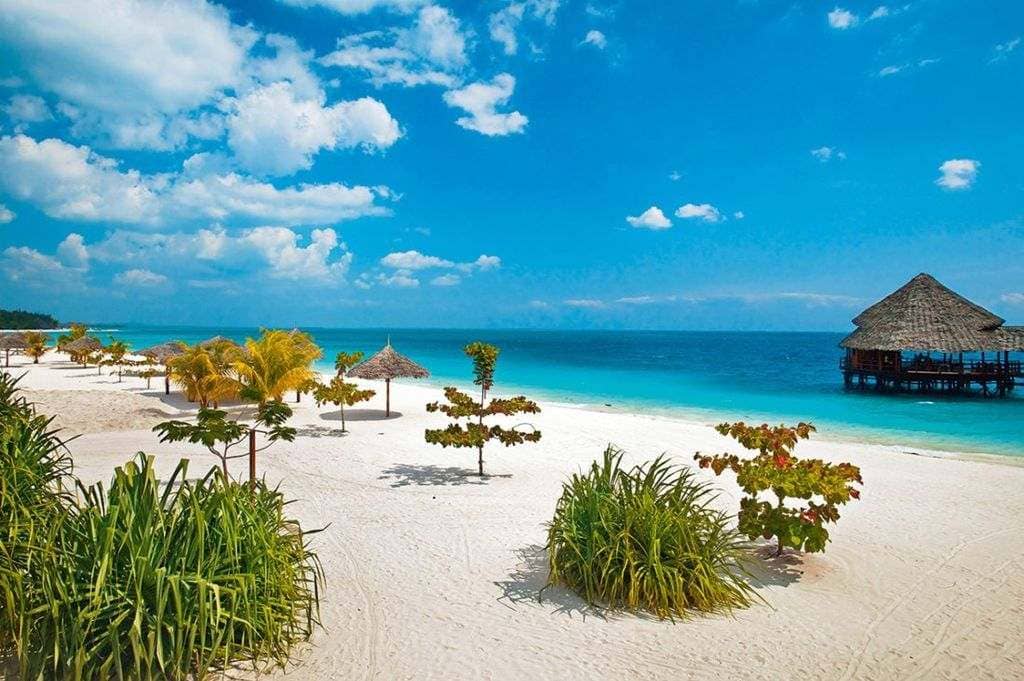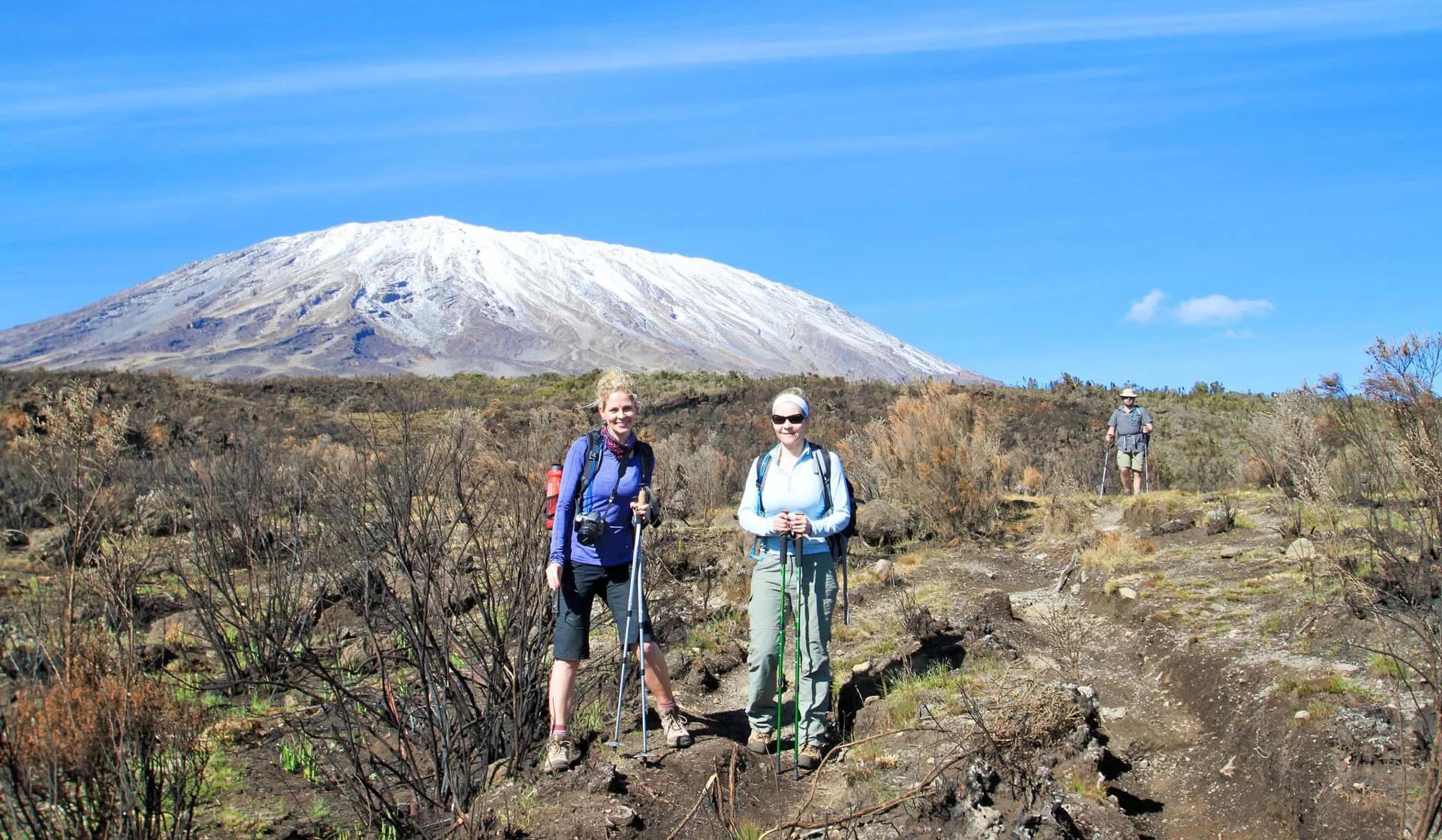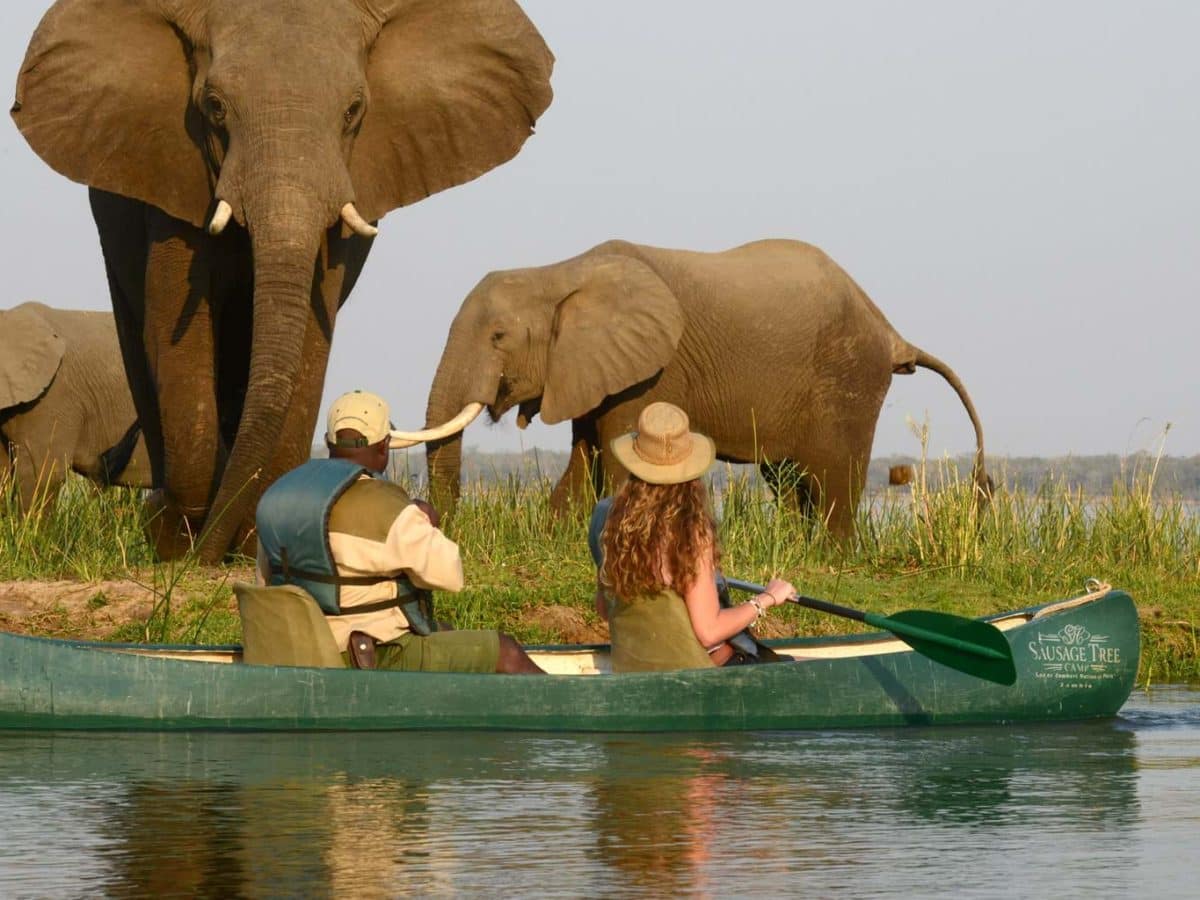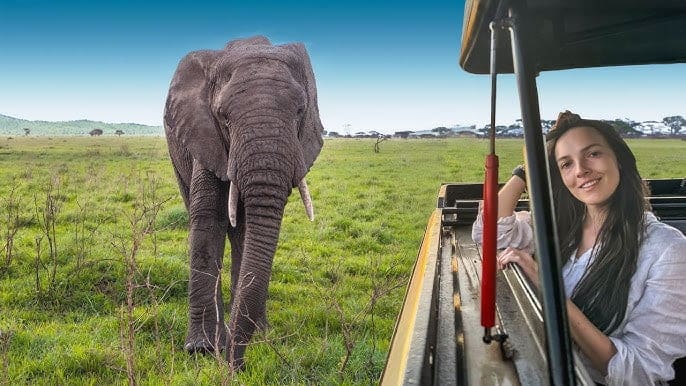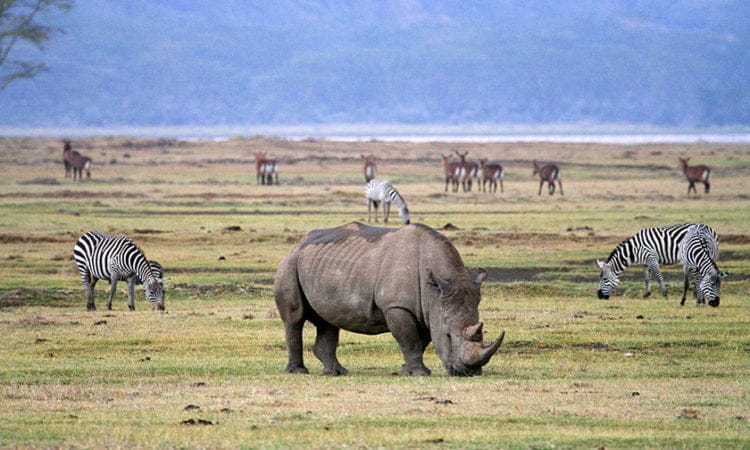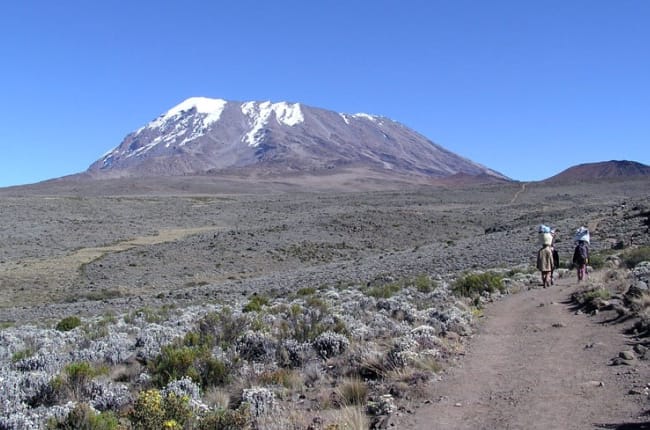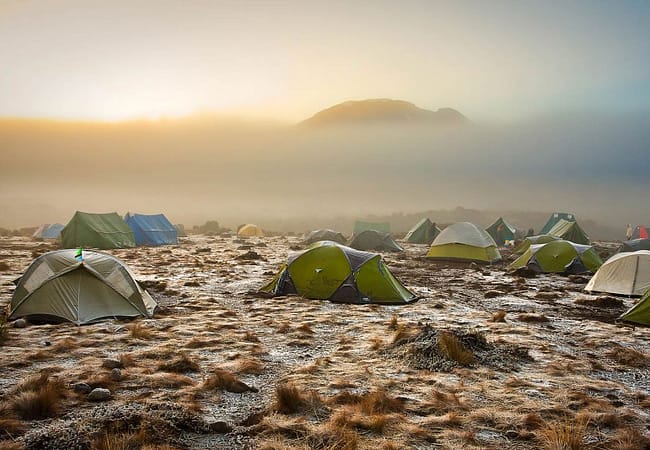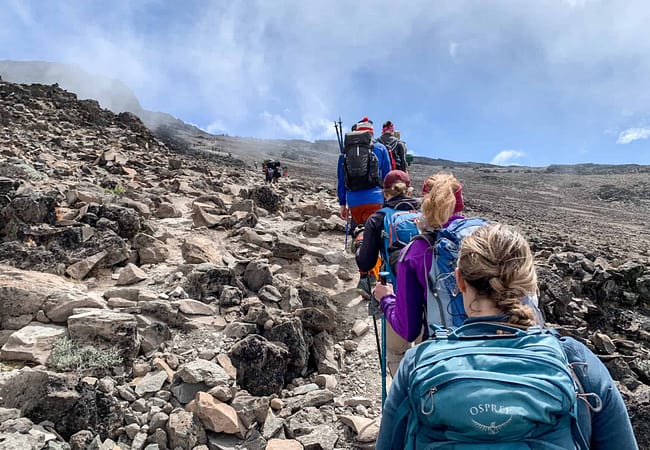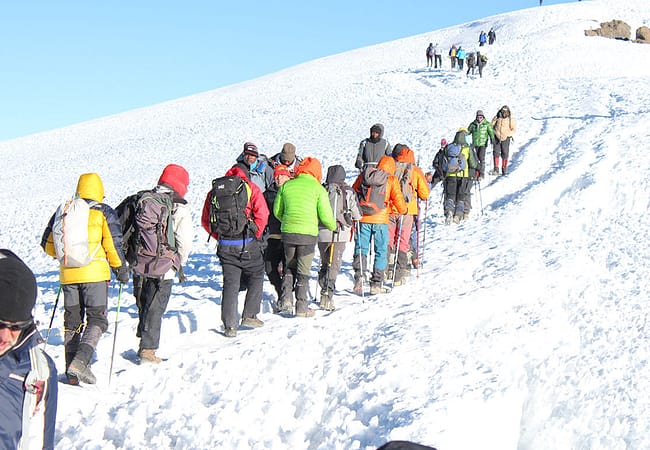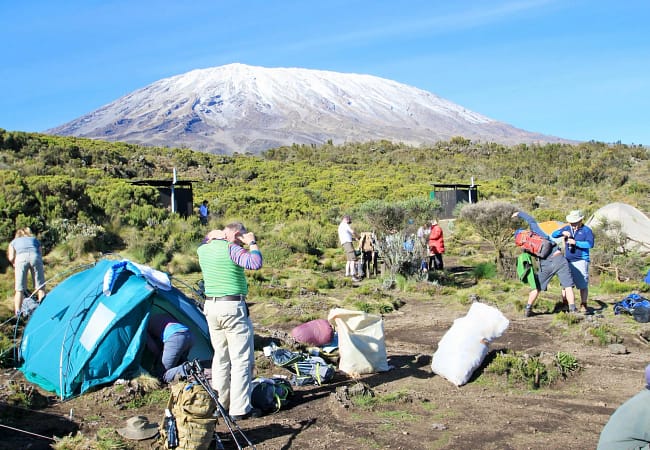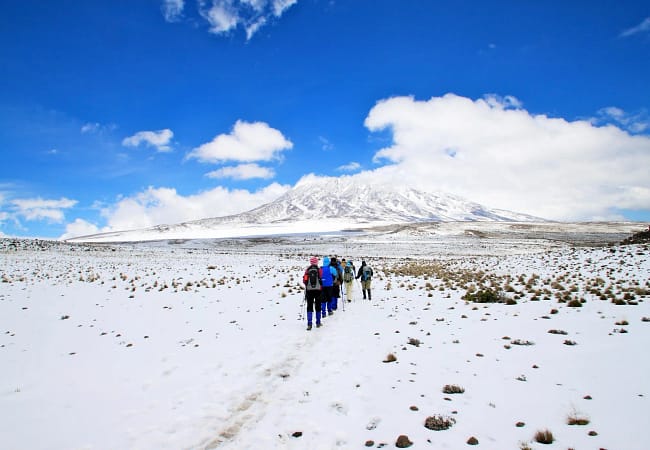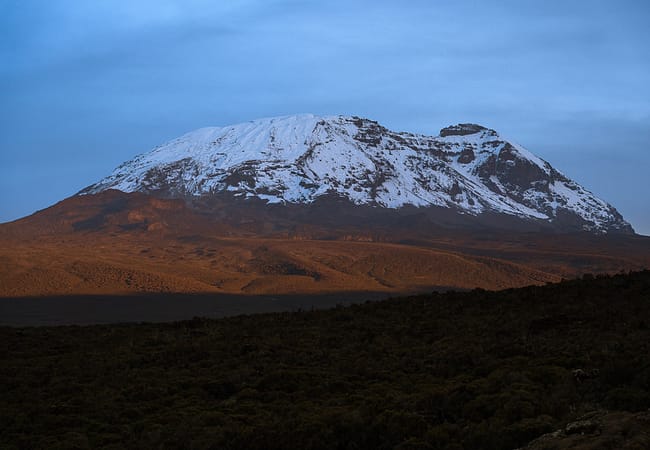Our affordable Kilimanjaro trips include park permits, professional guides, meals, accommodations, and your choice of climbing route. Perfect for beginners and experienced climbers alike, our itineraries ensure a safe and rewarding experience.
Here’s a detailed list of what is generally included:
Inclusions
Pre-Departure Support
Pre-Trip Briefing: Detailed information sessions about the climb, equipment, and expectations.
Packing Lists: Recommendations for clothing, gear, and personal items.
Transportation
Airport Transfers: Pick-up and drop-off from the nearest airport (usually Kilimanjaro International Airport).
Transfers to/from the Park Gates: Transportation to and from the starting and ending points of the climb.
Accommodation
Hotel Stays: Accommodation in a hotel before and after the climb (usually 1-2 nights).
Mountain Campsites: Tents or huts on the mountain, depending on the route.
Meals
Pre-Climb and Post-Climb Meals: Meals at the hotel before and after the climb.
Mountain Meals: All meals during the climb, including breakfast, lunch, dinner, and snacks. Meals are typically prepared by a dedicated cook.
Drinking Water: Boiled and treated water for drinking on the mountain.
Guides and Porters
Professional Guides: Experienced and certified mountain guides.
Assistant Guides: To support climbers and manage smaller groups.
Porters: To carry gear, equipment, and supplies. This includes carrying your personal belongings, camping gear, and food supplies.
Cook: A dedicated cook to prepare meals on the mountain.
Permits and Fees
Park Fees: Entry, camping, and rescue fees for Kilimanjaro National Park.
Permits: Required climbing permits.
Camping Equipment
Tents: High-quality, weather-resistant sleeping tents.
Sleeping Mats: Foam or inflatable mats for insulation and comfort.
Dining Tent: A communal tent for meals and socializing.
Tables and Chairs: For comfortable dining and resting.
Safety Equipment
First Aid Kit: A comprehensive kit for minor injuries and common ailments.
Oxygen: Supplemental oxygen for emergencies.
Pulse Oximeter: To monitor oxygen levels and acclimatization progress.
Communication Devices: Radios or satellite phones for emergency communication.
Other Services
Ranger Fees: Fees for park rangers, especially on routes that require them.
Environmental Fees: Fees for waste management and environmental conservation.
Summit Certificate: A certificate upon successful completion of the climb.
Additional (Optional) Inclusions
Gear Rental: Some packages offer rental gear (e.g., sleeping bags, trekking poles) at an additional cost.
Travel Insurance: Coverage for health, trip cancellation, and evacuation (usually recommended but not always included).
Tips: While tipping is customary, it is not usually included in the package price. Climbers should budget separately for tips to guides, porters, and cooks.
Exclusions
International Flights: Travel to and from Tanzania.
Visa Fees: Entry visa for Tanzania.
Personal Expenses: Souvenirs, additional snacks, drinks, and personal items.
Vaccinations and Medications: Any required or recommended vaccinations and medications.
Our all Kilimanjaro packages is designed to cover all essential aspects of the trek, ensuring a safe, enjoyable, and well-supported ascent. When booking with Zaita Tours, you can expect a comprehensive package that includes transportation, accommodation, meals, guides, porters, permits, camping equipment, and safety gear, allowing you to focus on the adventure ahead.
